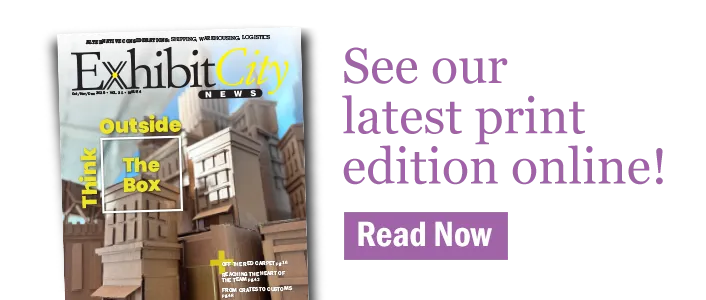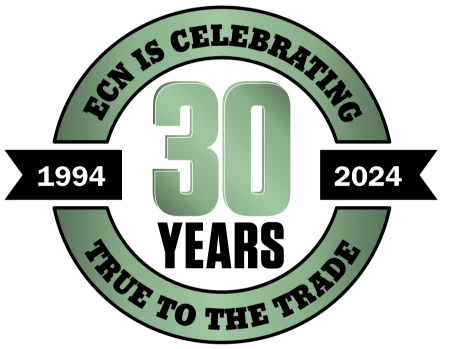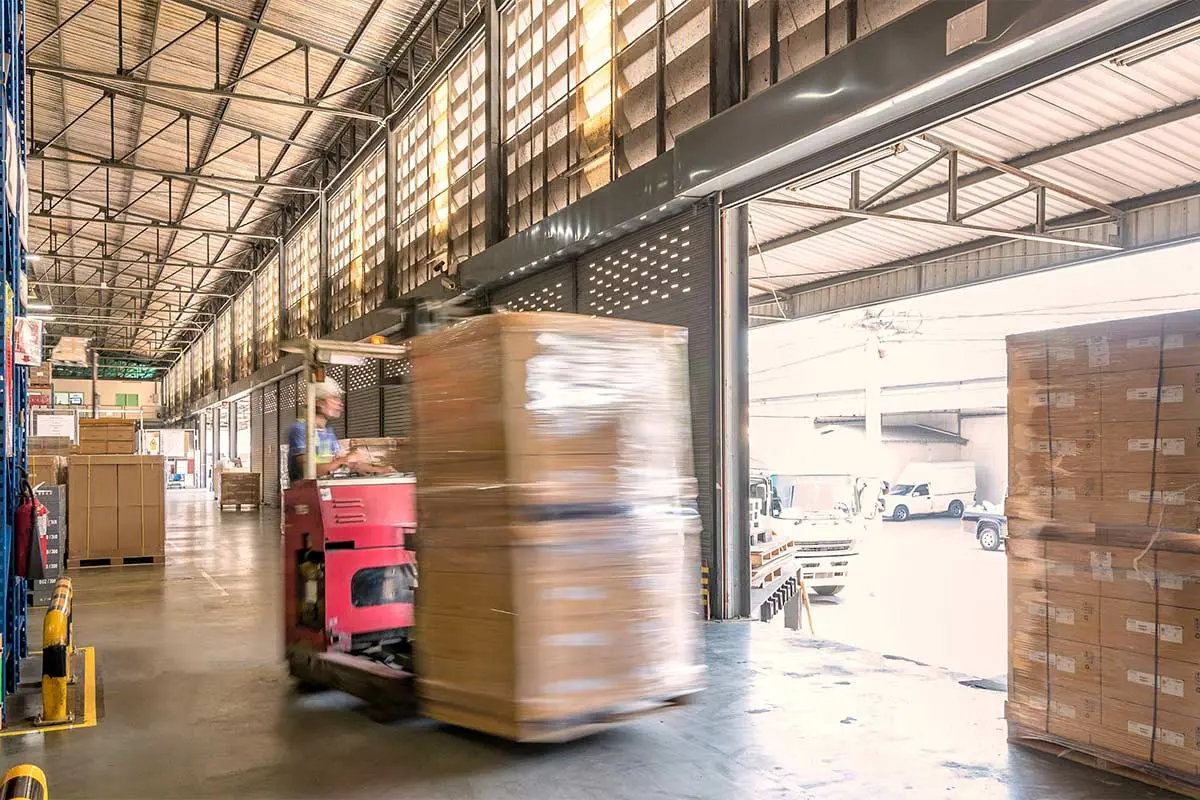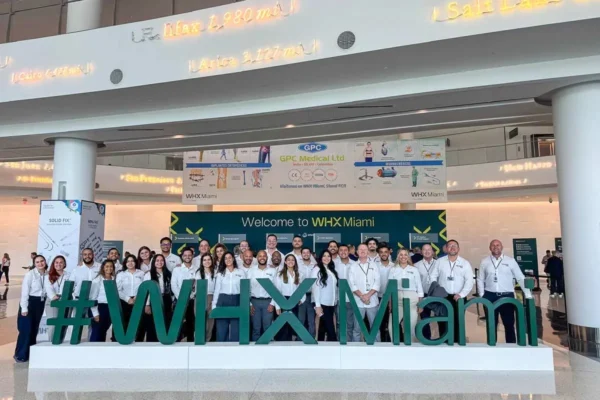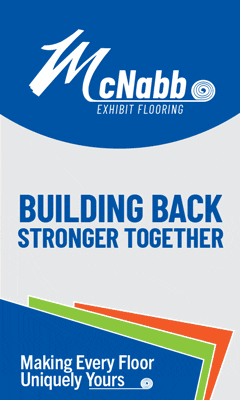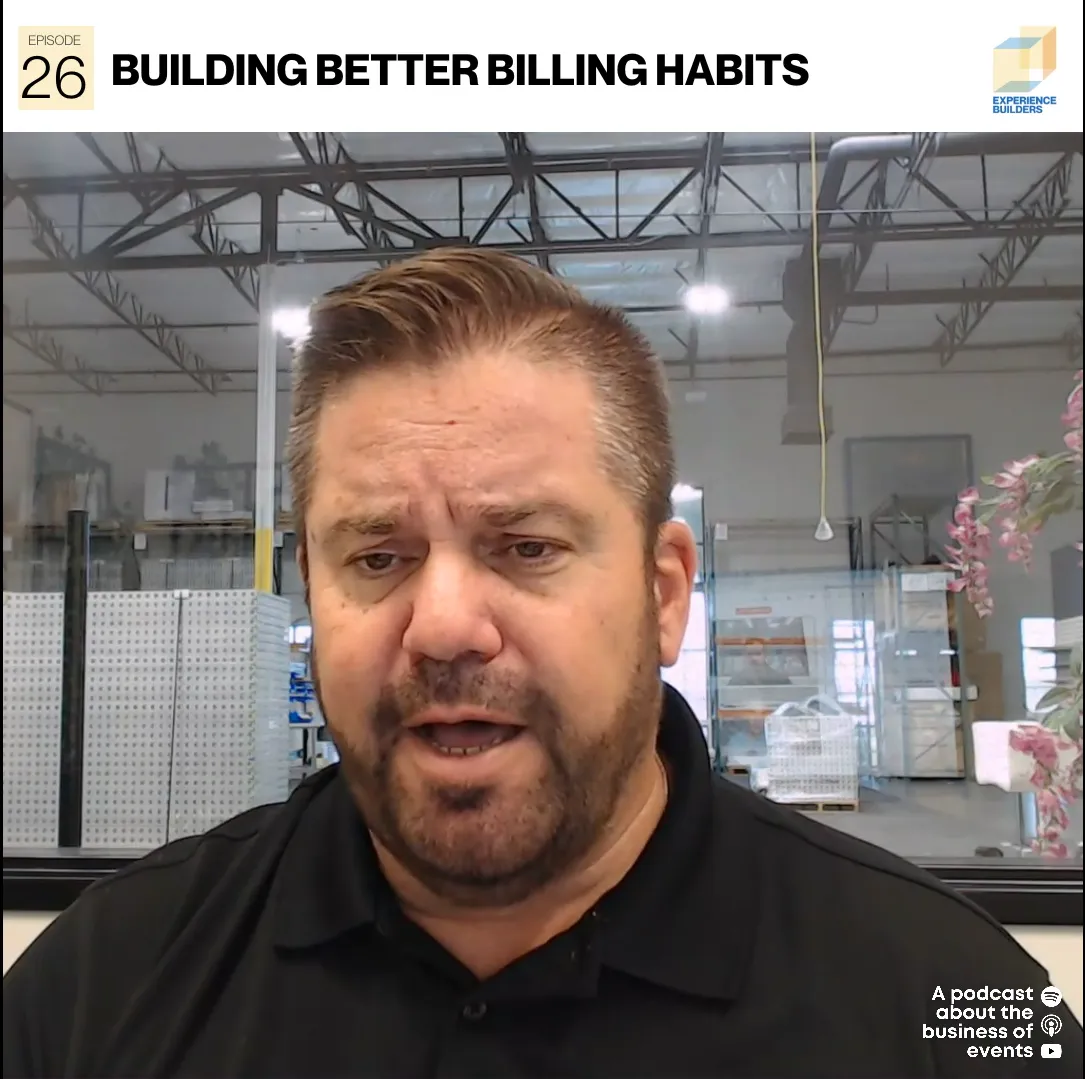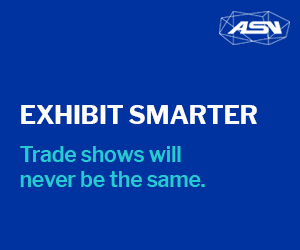by Melissa Skipworth
The tradeshow and corporate event industries are built on precision logistics. For exhibit houses, installation and dismantling (I&D) crews, audio and visual (AV) rental companies, and corporate event producers, warehouse operations form the backbone of every successful program. A missed delivery window or a misplaced crate can cascade into missed deadlines, overtime charges, and frustrated clients.
Yet, warehousing today is no longer just about storage. It is evolving into a technology-driven, sustainability-focused system designed to anticipate demand, optimize resources, and support highly compressed production schedules. Nowhere is this more apparent than in major tradeshow hubs such as Las Vegas, Chicago, and Orlando, where industrial real estate markets directly affect how event companies stage, store, and deliver.
Advanced Warehousing and Just-in-Time Delivery
One of the most significant shifts in tradeshow logistics is the rise of advanced warehousing. This refers to temporary storage facilities positioned close to venues, often contracted in the 30 days before a show. Operated by third-party logistics providers, these facilities are not traditional long-term storage, but high-turnover hubs designed to make event logistics smoother.
Services typically include pre-show receiving and inspection of exhibitor materials, sorting by booth location to avoid confusion at the hall, and just-in-time delivery to minimize clutter. For I&D teams, this reduces congestion during move-in. For AV and scenic providers, it allows more efficient staging. For exhibitors, it reduces the risk of costly delays.
Market conditions influence availability and cost. In Las Vegas, vacancy climbed to 12.5 percent in the second quarter of 2025 after 4.6 million square feet of new space was delivered. While that oversupply creates options, closer-in submarkets remain extremely tight. The Southwest submarket reports 3.5 percent vacancy and the Airport area 6.5 percent. These are precisely the locations event firms need for time-sensitive deliveries, and they continue to command premiums. Average asking rent across the market is $1.13 per square foot per month, triple net lease.
Automation, Robotics and AI Integration
Warehousing across industries is undergoing rapid automation, and the event sector is catching up. Automated Storage and Retrieval Systems, autonomous mobile robots, and smart sortation systems are being deployed to improve efficiency, reduce errors, and make better use of limited space.
Importantly, robots are not replacing warehouse crews. Instead, they are augmenting them. By handling repetitive movements such as box picking or pallet transport, robotics free staff to focus on higher-value work like pre-building scenic elements or staging AV systems.
Chicago illustrates this trend. Vacancy there ranges between 5.5 percent (CBRE) and 6.3 percent (Avison Young). With demand steady, rents average 72 cents per square foot per month, triple net lease. In such markets, every square foot counts. Exhibit houses operating near McCormick Place increasingly rely on automation to stage large inventories with precision while maximizing limited warehouse footprints.
Real-Time Data, Predictive Analytics and IoT
The complexity of tradeshow logistics requires visibility. Real-time data and internet of things (IoT) technology are now embedded into supply chains to track assets, optimize delivery routes and guide warehouse planning.
Asset tracking is increasingly common, allowing managers to know exactly where crates, AV gear or LED walls are located in real time. AI-driven route optimization helps ensure just-in-time deliveries even in congested urban cores. Predictive analytics support warehouse layouts, ensuring high-turnover items such as graphics or rental inventory are placed in the most accessible zones.
Orlando demonstrates why such tools matter. Vacancy there diverges depending on the source: CBRE reports 9.9 percent, while Avison Young cites 7.8 percent. Class A facilities near the Orange County Convention Center (OCCC) lease quickly, often at premium rents. Asking rates run as high as $1.48 per square foot per month in Northeast Orange County, compared with 67 cents in Northwest Orange. For firms relying on flexible, short-term space, predictive analytics and IoT-enabled controls can mean the difference between cost overruns and efficient staging.
Sustainability and Green Logistics
For many companies sustainability is no longer optional. Clients increasingly expect green practices across their event supply chains, and warehousing strategies are adapting in response.
Electric and hybrid trucks are being deployed to reduce the carbon footprint of drayage. Biodegradable and reusable packaging is cutting down on waste. Eco-designed warehouses with LED lighting and efficient HVAC systems are reducing energy use.
In Las Vegas, where new large-block facilities dominate supply, sustainability certifications are becoming differentiators for landlords. For event companies, aligning warehouse operations with client environmental, social, and governance (ESG) goals is both a branding advantage and a cost strategy.
Market Growth and Tech-Enabled Expansion
The event logistics market is robust and expanding. Valued at $72.3 billion in 2024, it is projected to reach $76.5 billion in 2025, with a compound annual growth rate of 5.8 percent through 2035 (Global Market Insights). More than 40 percent of that growth is expected to come from technology-enabled services such as AI-driven optimization and IoT-based coordination (Global Market Insights).
Exhibit houses are responding by expanding warehouse footprints. BlueHive Exhibits now operates roughly 200,000 square feet across Massachusetts and Nevada, including a Las Vegas facility opened in 2023. Derse has announced plans for a new headquarters in Oak Creek, Wisconsin, consolidating and expanding its current 158,000-square-foot footprint. Both are investing in vertically integrated facilities that combine graphic printing, scenic fabrication, AV staging, and warehousing under one roof. This model reduces outsourcing, protects margins and improves speed to market.
Market Implications
Las Vegas: Oversupply means plenty of available space, but location is key. Airport and Southwest Las Vegas are the tightest submarkets, making them ideal for just-in-time staging.
Chicago: A balanced and resilient market where renewals dominate leasing. For event firms, this provides stability but fewer bargain opportunities near McCormick Place. Robotics and automation are critical to making premium submarkets efficient.
Orlando: Reports diverge, but both CBRE and Avison Young agree Class A space is at a premium. Companies staging near the Orange County Convention Center should expect higher rents and limited availability.
Conclusion
For exhibit houses, I&D providers, and AV rental firms, warehouse strategy is increasingly a competitive differentiator. The industry is moving away from static storage and toward dynamic hubs that integrate automation, predictive analytics, sustainability and just-in-time staging.
Whether by expanding in-house capabilities such as graphics and AV or by relying on third-party logistics providers for advanced warehousing, firms that adapt to these trends will be better positioned to deliver faster, greener and more cost-effective event experiences. In today’s environment, where clients expect both precision and sustainability, the warehouse is no longer just back-of-house—it is part of the show itself.
Summary of References:
Macro trends (automation, AI, sustainability, predictive analytics) came from global logistics research firms and case studies (Kardex, Dexory, Exotec, Future Market Insights, Global Trade Magazine).
Market data (vacancy, rents, absorption) came directly from CBRE and Avison Young’s Q2 2025 industrial market reports for Las Vegas, Chicago, and Orlando.
Industry case examples (warehouse expansions/downsizing) were drawn from company announcements reported in Exhibitor Online, Exhibit City News, and local business journals.
This story originally appeared as a truncated version in the Q4 2025 issue of Exhibit City News, p. 52. For original layout, visit https://issuu.com/exhibitcitynews/docs/exhibit_city_news_-_oct_nov_dec_2025/52.



